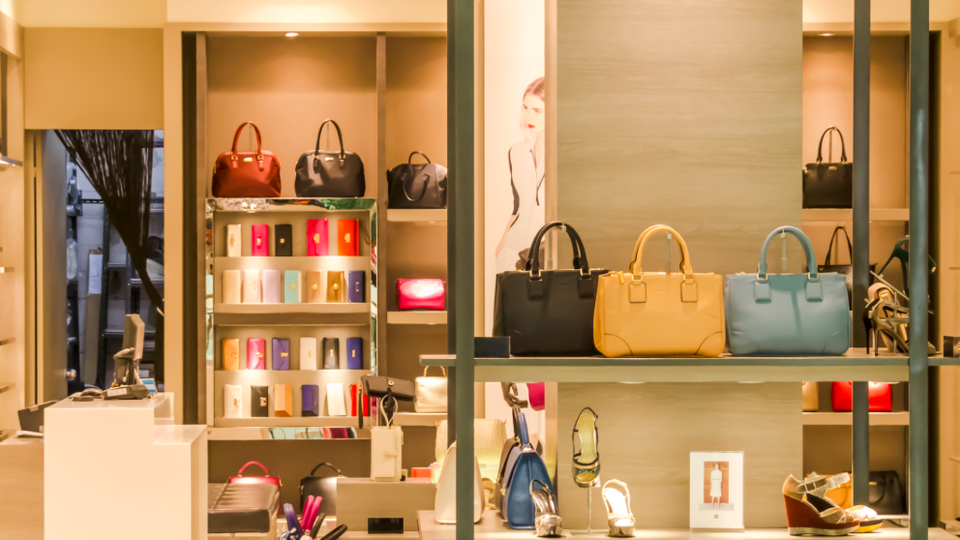
Jeffrey Hutchison, architect and founder of the retail design firm Jeffrey Hutchison & Associates, extols the virtues of the ephemeral retail trend, suggesting that temporary shop spaces may be here to stay.
Jeffrey Hutchison, architect and founder of the retail design firm Jeffrey Hutchison & Associates, extols the virtues of the ephemeral retail trend, suggesting that temporary shop spaces may be here to stay.
Pop-up stores seem to be sprouting like mushrooms across the soggy retail landscape. Ordinarily, opening a new store has required a retailer to commit to a multi-year lease and expensive construction build-out costs, a resource in short supply these days. Simultaneously, landlords face a glut of empty retail space never seen before. Pop-up shops seem to be a creative result of the convergence of these two market phenomena.
A Short History of Ephemeral Retailing
It used to be that the only genre of temporary boutique was the seasonal Halloween or Christmas store. These installations did very little to entice consumers or change the retail landscape, and few retailers or landlords wanted to be associated with them. That started to change when Commes de Garçons opened their now famous “guerrilla” store back in 2004. The fashion industry realized that perhaps there was another viable and creative channel that can be used for reaching a new customer. Embracing this concept recently, fashion retailers such as Gap partnered with Parisian boutique Merci, Gucci with Mark Ronson and even Jeremy Scott for Adidas have installed or announced pop-Up stores.
Testing Out New Markets, One Pop-Up at a Time
Retailers traditionally use metrics to determine the best new markets to enter, despite the data the process is about as accurate as peering into a crystal ball. Pop-up stores provide a unique opportunity for retailers to test out markets for a short duration to determine if a larger investment is warranted.
There is even willingness from some landlords to transition from a temporary to a permanent store. The Limited has accomplished this in New York with its new Soho location.
The PR Power of the Pop-Up
From a marketing perspective, pop-ups are effectively being used to introduce new products to the market or highlight a particular aspect of an existing brand. Recently The Gap created a number of temporary stores for the launch of their “1969” jean
Other product categories have also been actively using the pop up concept. Vitamin Water created a pop-up store to showcase their wares in a branded environment, and Evian launched a temporary spa during New York Fashion Week to offer tastemakers and influencers Evian water-based treatments.
Testing, Testing 1-2-3
Pop-up shops can also be used to test the consumer response to a new product in a focused way. Retailers and manufacturers are able to glean valuable feedback and make adjustments accordingly before executing a widespread roll out of the final product. Levi’s has used this tool effectively over a number of years like with their “Blue” pop-up in Amsterdam Even department stores are creating pop-up shops within their stores to test out new products and merchandise, as when KidRobot recently opened a temporary shop in Selfridges
Daring Design
From a design perspective, the best pop-up stores leverage their ephemeral nature rather than imposing a watered down version of the brand’s existing retail paradigm. Instead they let the limitations of the medium inform key design choices. This is the place to take some risks and explore creative ways of expressing the brand. The potential downside is relatively limited and it will read as a fresher experience for the consumer, thus making the business’ investment more worthwhile.
The Well-Seasoned Store
As the pop-up concept becomes more prevalent, the consumer will lose the connection to the old paradigm of cheesy Halloween and Christmas stores, and start to accept that other seasonal stores could be attractive and qualitative. Toys-R-Us have taken this concept to a new level with its announcement that it will roll out 350 seasonal locations While the lengthening Christmas season may be the most relevant period to open a seasonal store there are other times that can be explored by retailers, such as back-to-school.
Do Pop-Ups Have Permanence?
While they will never replace permanent freestanding stores, pop-ups can become an important ancillary component that supports a brand’s retail strategy. As more retailers and landlords explore the pop-up experience, they will conclude that this is an integral part of retail’s future. And given the growing importance of environmental considerations, pop-ups provide an opportunity to rotate and reuse materials from one temporary location to the next — essentially recycling an entire store
Similarly, landlords can strengthen their properties by trading some long term leases for the ability to create “newness” in their centers, designating areas for temporary stores. These spaces could bring in non-traditional retailers to the mix who may not otherwise have a physical retail presence (for example: Kindle Christmas stores
If managed and executed well pop-up stores could bring a new vibrancy to shopping on a long term basis, as the economy recovers – and well beyond. While pop-up stores may be temporary, as a facet of the retailing landscape they are here to stay.
Jeffrey Hutchison, President, Jeffrey Hutchison & Associates









